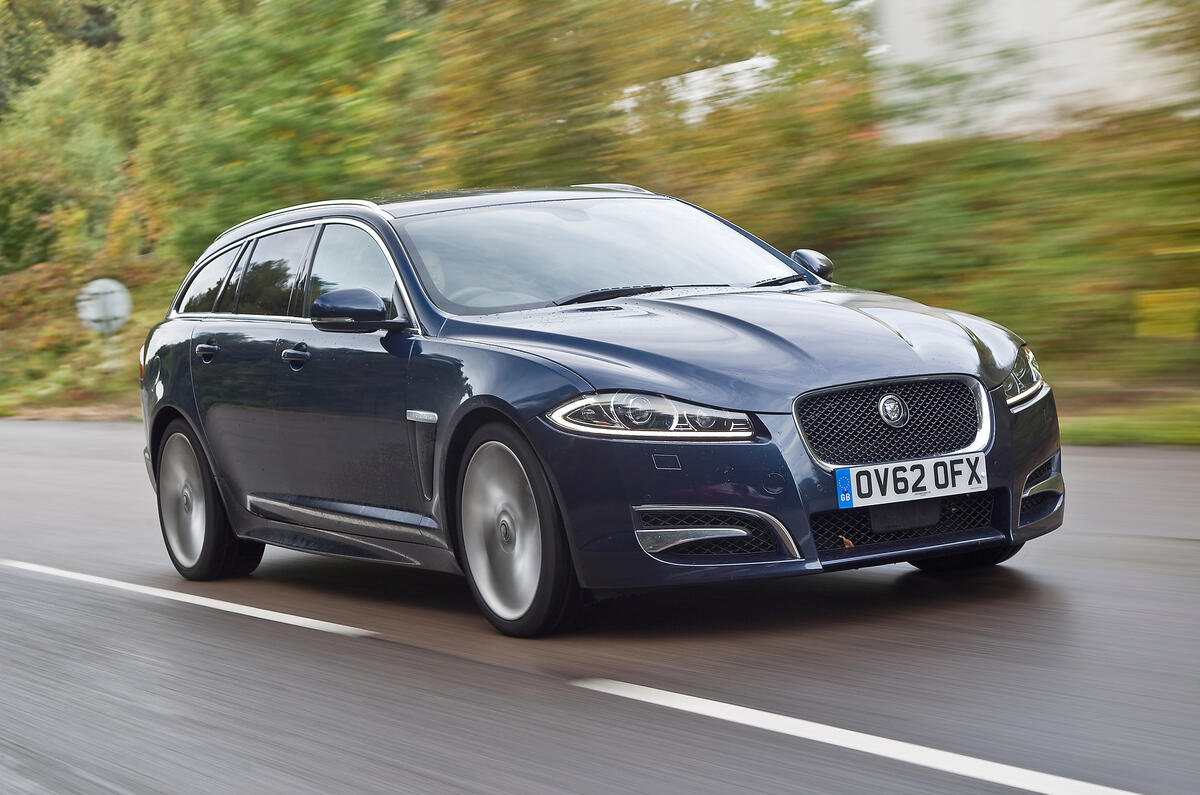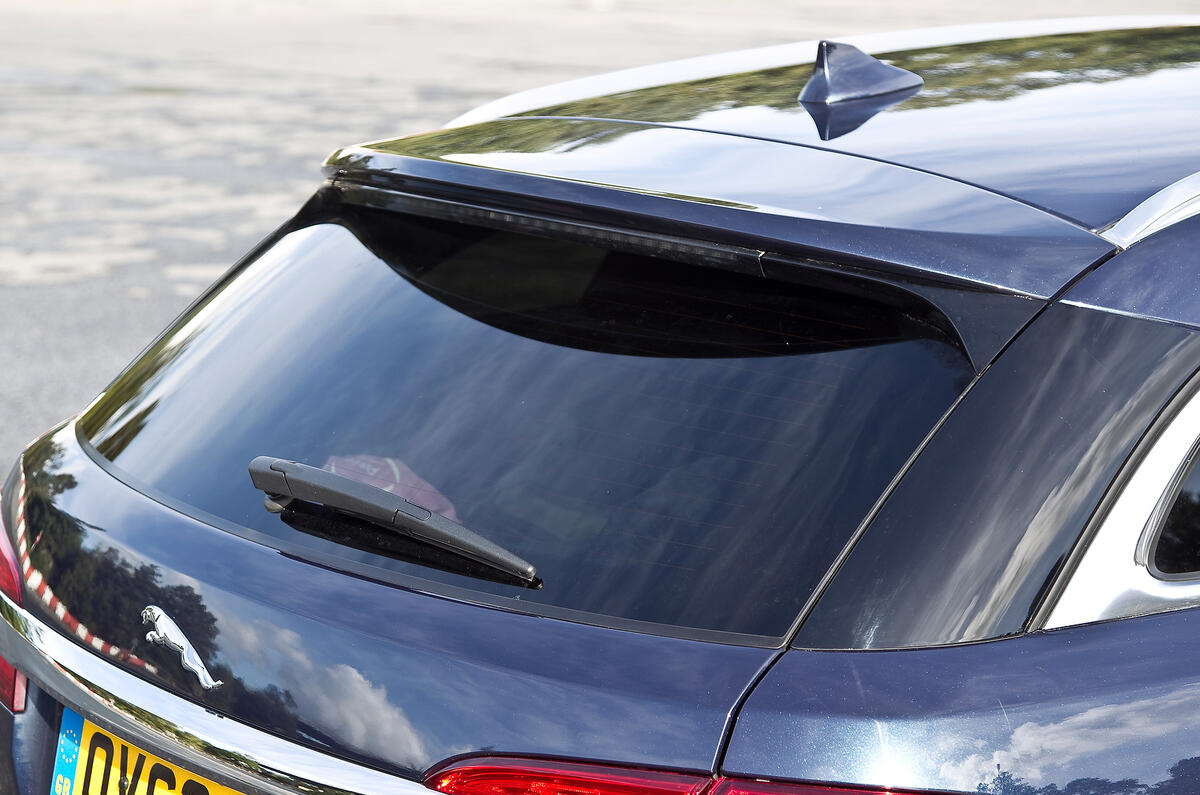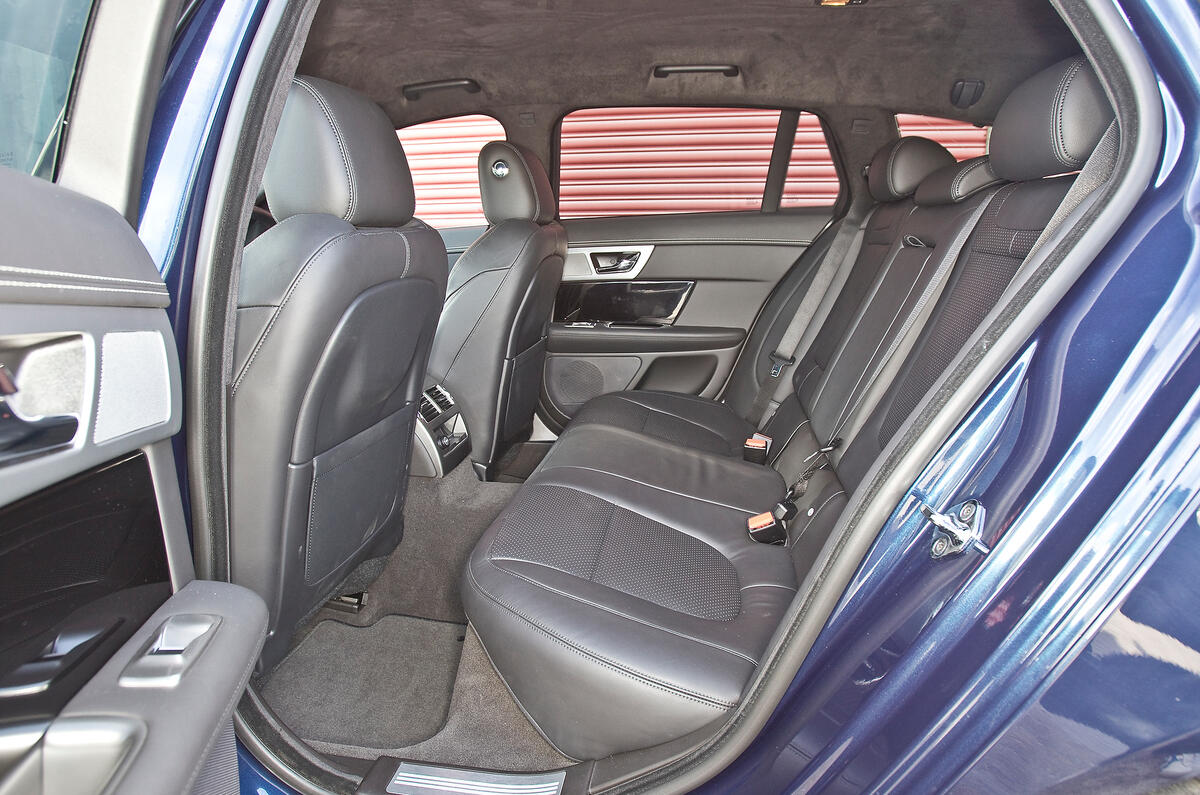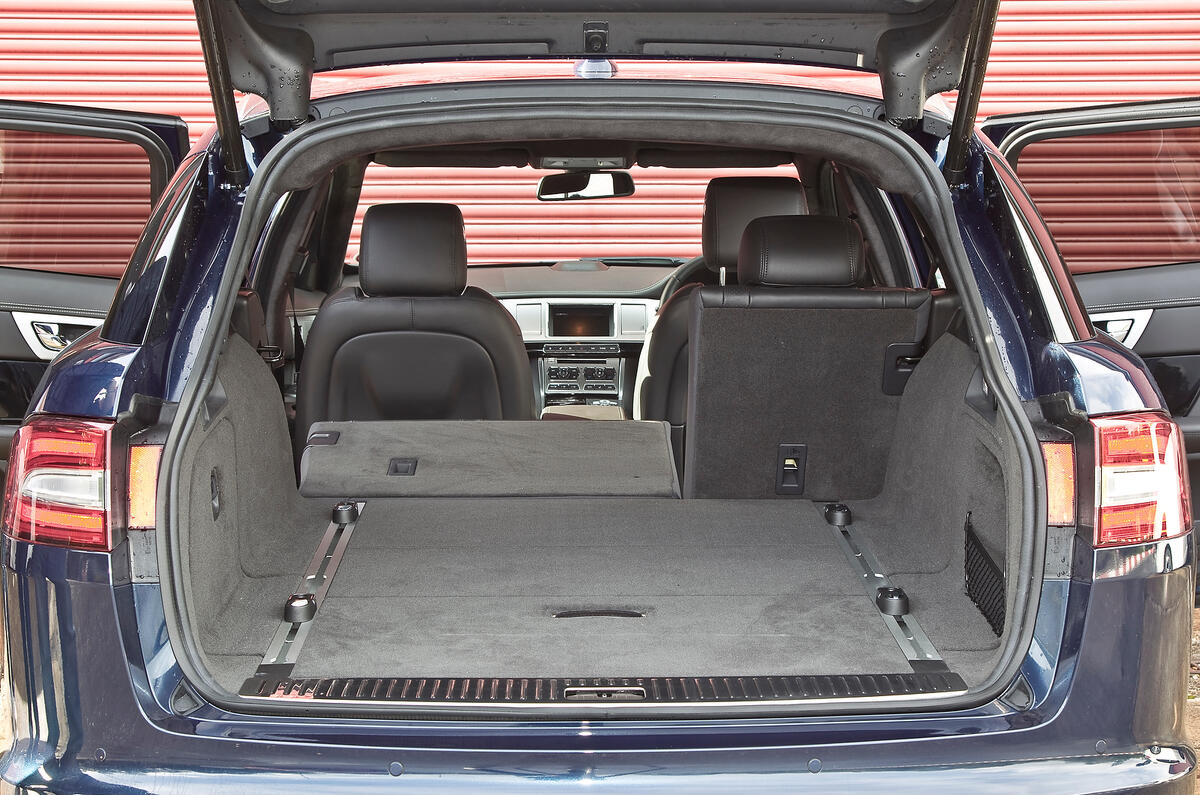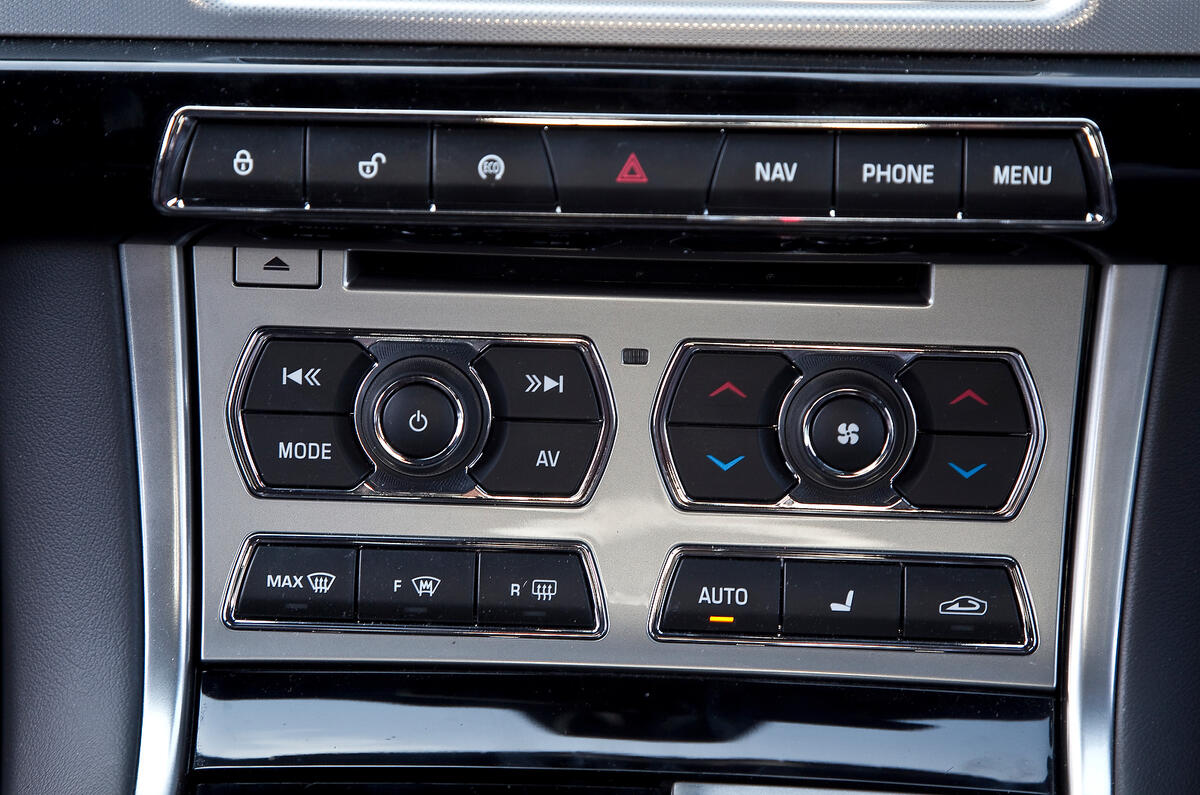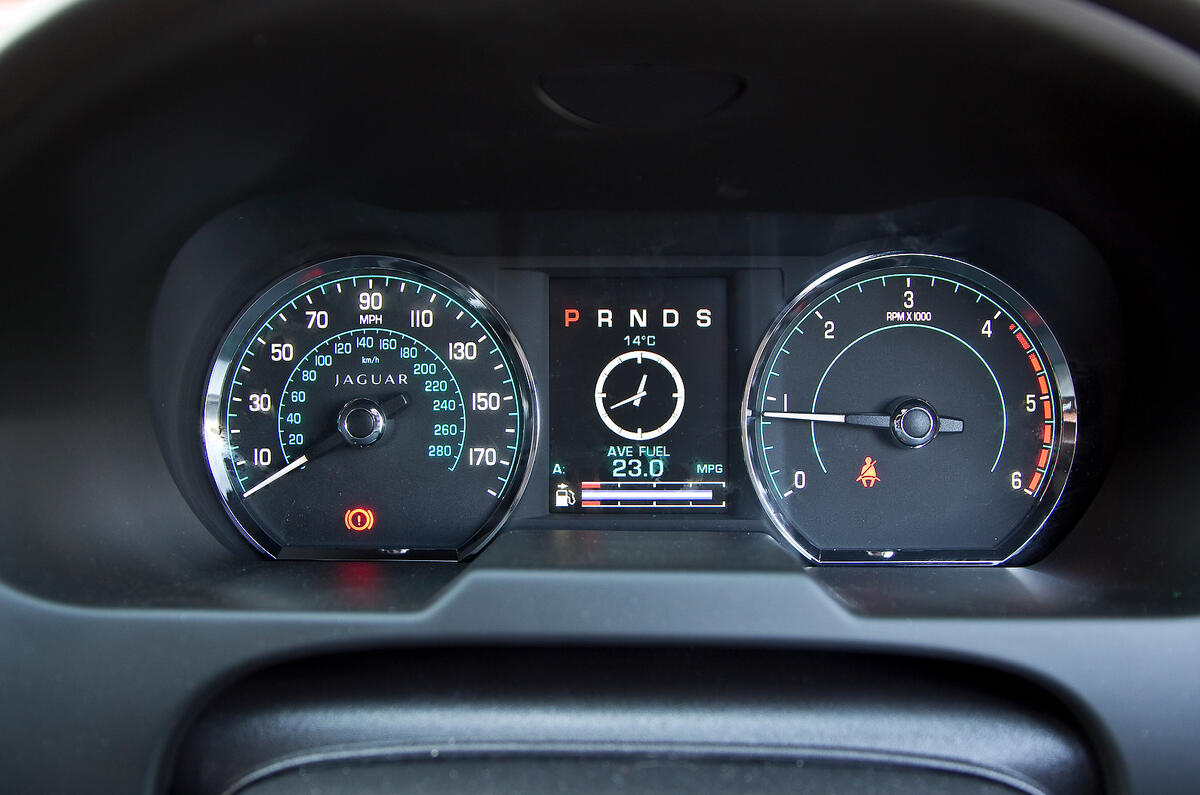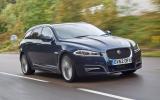This is one area where Jaguars have changed almost beyond recognition since the days of the S-type and X-type. The top-spec XF estate demands a hefty entry ticket, but our residual value experts reckon that, should you make the move, you’ll get more back over four years than with an equivalent BMW, Audi or Mercedes.
The XF is predicted to retain more than 40 percent of its value over that time, compared with mid-30s for its rivals.
The XF is also proving relatively painless to own, according to customer satisfaction surveys, and there’s no particular reason why the Sportbrake shouldn’t continue the fine form of the saloon, which has finished as high as second overall in JD Power surveys.
Day to day running costs may prove less impressive, as the XF Sportbrake fell well short of its claimed fuel economy figures during our exhaustive road test. We averaged just 31.6mpg in the six-cylinder diesel S model. The lower powered 3.0 is unlikely to provide much respite, either, as its claimed economy figures are lower than that of the higher-powered version.
Plumping for the smaller four-pot will save you money, however, with both the 160bhp and 197bhp variants managing 55.4mpg and emitting 135g/km of CO2.



